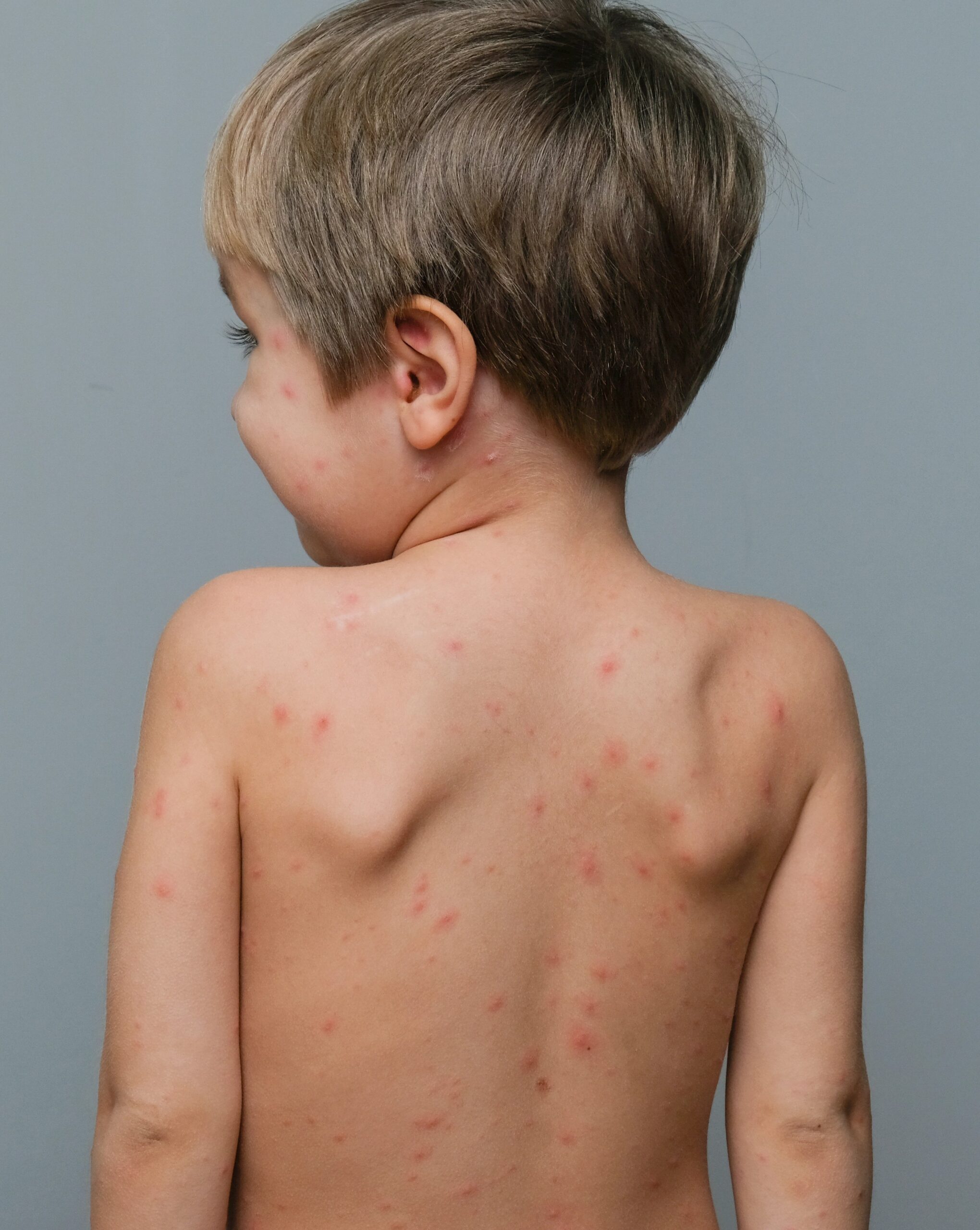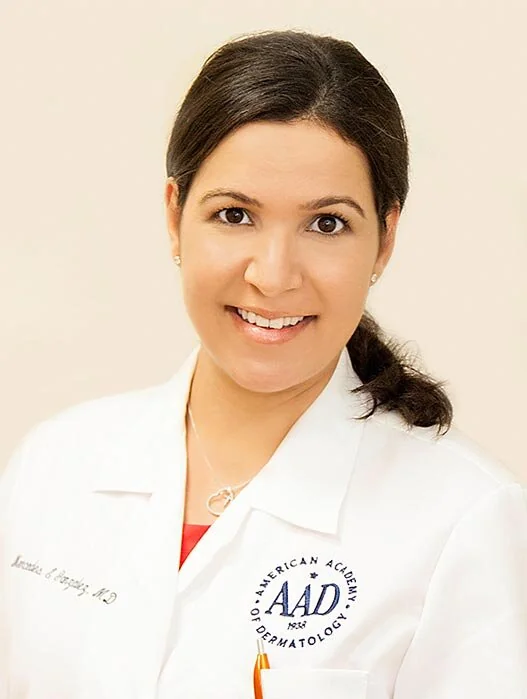
Atopic dermatitis is one of the most common chronic skin conditions in children. It causes persistent itching, visible inflammation, and recurring flare-ups that can interfere with sleep, school, and daily comfort. For many families, managing this condition requires more than moisturizers or topical creams—especially when symptoms become more frequent or severe.
Today, clinical research is helping pave the way for better options. Pediatric dermatology studies are driving innovation by exploring new therapies designed specifically for young, sensitive skin.
What Makes Atopic Dermatitis Challenging in Children
This condition goes beyond occasional dryness. Atopic dermatitis in children is a complex inflammatory disorder influenced by genetics, immune response, and a weakened skin barrier. It often appears in early childhood and may involve patches of red, irritated skin on the face, limbs, or trunk.
Children with moderate to severe symptoms often face discomfort that disrupts everyday life. Scratching can worsen skin damage, and frequent flare-ups can lead to emotional stress or reduced self-esteem.
Why Research Matters
While traditional approaches like topical corticosteroids can help, they are not always ideal for long-term use in children. This is where clinical research becomes essential—investigating safer, more targeted solutions to reduce inflammation, restore skin function, and improve quality of life.
Studies are evaluating new categories of treatments, such as:
- Non-steroidal topicals designed to calm inflammation without the side effects of corticosteroids
- Biologic therapies that target specific immune responses involved in chronic skin flare-ups
- Barrier-focused treatments aimed at repairing and strengthening the skin’s natural defenses
These investigational treatments are developed with pediatric patients in mind, and clinical trials play a key role in testing their safety and effectiveness.
Pediatric Research Advancing in South Florida
Families in Miami and the surrounding areas have access to pediatric dermatology studies that are helping to shape the future of atopic dermatitis care. Research sites involved in pediatric skin studies contribute to the development of therapies that may eventually become the new standard of care.
This type of research is particularly important in cases where traditional treatments haven’t worked or where families are seeking non-steroidal alternatives.
A New Path Forward
For many families, clinical trials represent more than access to emerging therapies—they offer hope. The insights gained from these studies help build a better understanding of how children’s skin conditions evolve and how to manage them with precision and care.
By participating in or supporting research, families contribute to progress in pediatric dermatology—progress that benefits not just their own children, but children everywhere living with similar conditions.
Conclusion
Atopic dermatitis in children can be a long-term challenge, but new solutions are on the horizon thanks to clinical research. As pediatric dermatology continues to evolve, studies focused on non-steroidal treatments and biologic therapies are helping provide families with more options—and more hope.
For families in Miami, the future of pediatric skin care is being shaped by research that seeks to deliver safer, more effective answers for childhood atopic dermatitis.


Request An Appointment
To request an appointment, please fill out the contact form below. Our team will get back to you as soon as possible to confirm your appointment and answer any questions you may have.
We look forward to assisting you.
Meet Our Medical Director
Mercedes E. Gonzalez M.D.
Dr. Mercedes E. Gonzalez is a board-certified pediatric dermatologist. After graduating from Emory University, she earned her degree at Rutgers–New Jersey Medical School in 2004. Always drawn to working with children, she accepted the prestigious pediatrics program at the Morgan Stanley Children’s Hospital of New York–Columbia University where she solidified her interest in treating skin disorders. She then completed a dermatology residency followed by a clinical fellowship in pediatric dermatology at the top-ranked New York University (NYU) Department of Dermatology.
Her gentle, child-friendly bedside manner, combined with her broad knowledge of childhood skin diseases and their treatments, make her the preferred pediatric dermatologist in Miami. In addition to practicing medicine, Dr. Gonzalez currently serves as a clinical assistant professor at The FIU Herbert Wertheim School of Medicine and The Phillip Frost Department of Dermatology at Miller School of Medicine.
Dr. Gonzalez serves as the Principal Investigator on numerous clinical trials and has a special interest in severe skin disease in children. She lectures regularly at Dermatology conferences and to medical students and residents and is the co-editor of 3 dermatology textbooks, including the recently published 2nd edition of Goodheart’s Same Site Differential Diagnosis, and has published over 50 journal articles.

